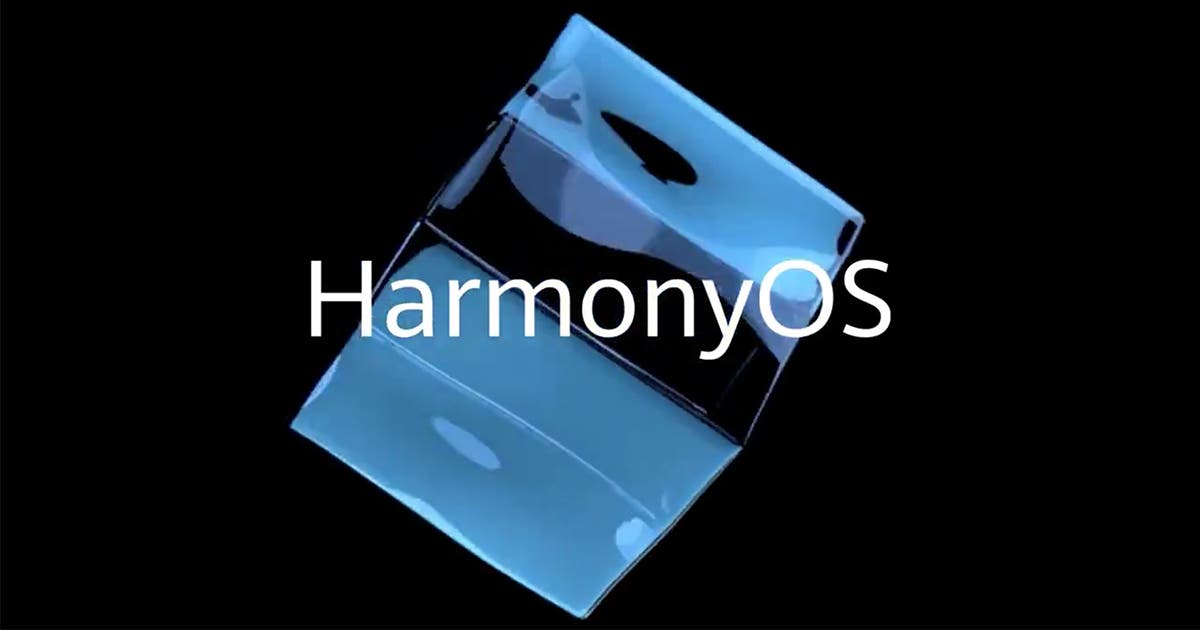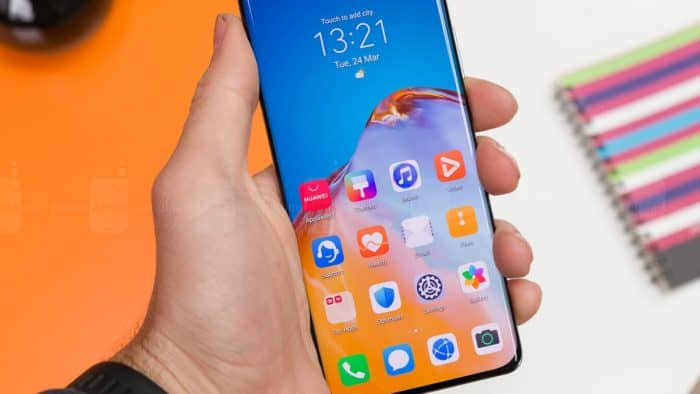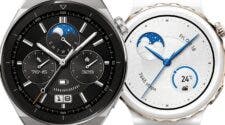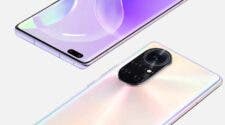Today, Huawei has released a beta version of its HarmonyOS 2.0 operating system, designed to replace Android on its (and in the future, on other brands too) smartphones and tablets. Participants in the beta testing program for the new OS for Huawei Mate 30 and P40 will be the first to get the HarmonyOS 2.0 beta, but a preview of the Huawei P40 with HarmonyOS preinstalled has already been published on the Web.
As you can see, everything works smoothly and quite quickly, and the interface is hardly distinguishable from the latest versions of EMUI. You can sign up for public beta testing of HarmonyOS before the end of January, and the final version for the Mate 30 and P40 will most likely be released in the spring.
Huawei also announced today that starting next year, all of its devices will migrate to HarmonyOS. That is, various wearable devices (smartwatches and fitness bracelets), smart displays, car entertainment systems; and in general everything that Huawei will produce will debut from next year already with the preinstalled HarmonyOS.
However, this applies not only to Huawei. The company announced the use of its OS in devices of more than 40 brands since 2021. Huawei also confirmed the release of smartphones with HarmonyOS 2.0 out of the box next year. Apparently, the first such model will be the Huawei P50.
Huawei to replace Windows 10 with HarmonyOS 2.0 in its PCs
Last year, the US Department of Commerce blacklisted Huawei. After that, the company announced the development of its OS – HarmonyOS. Now, we know that Huawei plans to release computers with its own operating system.
According to Huaweicentral, referring to an insider post in the Chinese social network Weibo, computers with HarmonyOS 2.0 can enter the company’s home market. Devices will also run on Kunpeng processors.
An insider reports that several provinces, cities, and regions are already helping Huawei to set up PC supply chains.
Recall that Huawei already reported that HarmonyOS will be a cross-platform solution. This means that the operating system can be flexibly deployed on different devices including smartwatches, personal computers, cars, and others.






